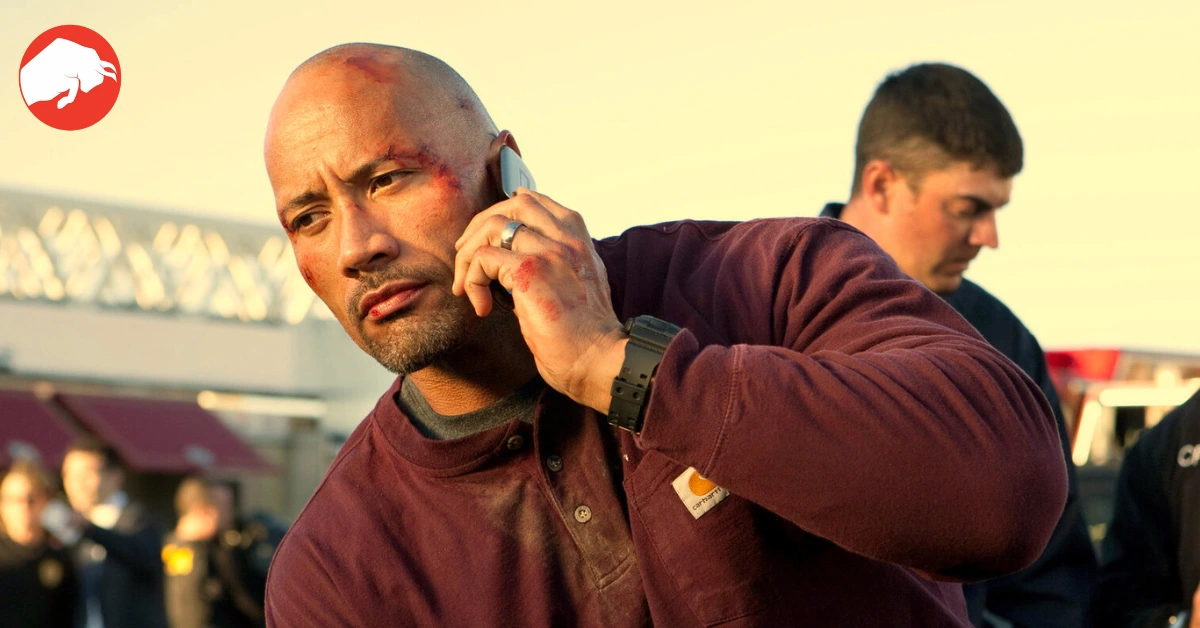The Reality Behind “Snitch”: Distinguishing Fact from Film Fiction
When it comes to Hollywood’s interpretation of real-life events, creative liberties are often taken to heighten the drama, captivate audiences, and ensure commercial success. “Snitch,” starring Dwayne “The Rock” Johnson, is no exception. This 2013 action thriller took inspiration from the true events surrounding James Settembrino and his son Joey, but the final film portrayal veers significantly from reality. Let’s explore the discrepancies and dive into the heart of the narrative that inspired this box-office hit.
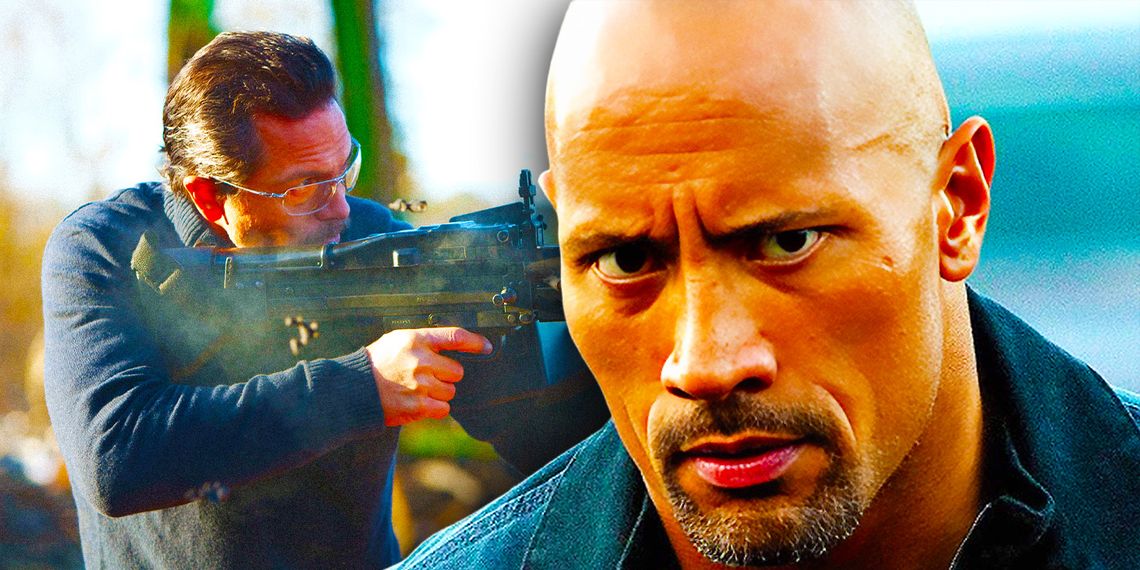
The Origin of “Snitch”
It was a PBS’ Frontline episode that kindled the flame for the movie’s creation. The episode shed light on the federal drug policies that encouraged imprisoned individuals to turn informants. James Settembrino’s harrowing tale stood out, a father who became a DEA informant, hoping to secure a reduced sentence for his son, Joey.
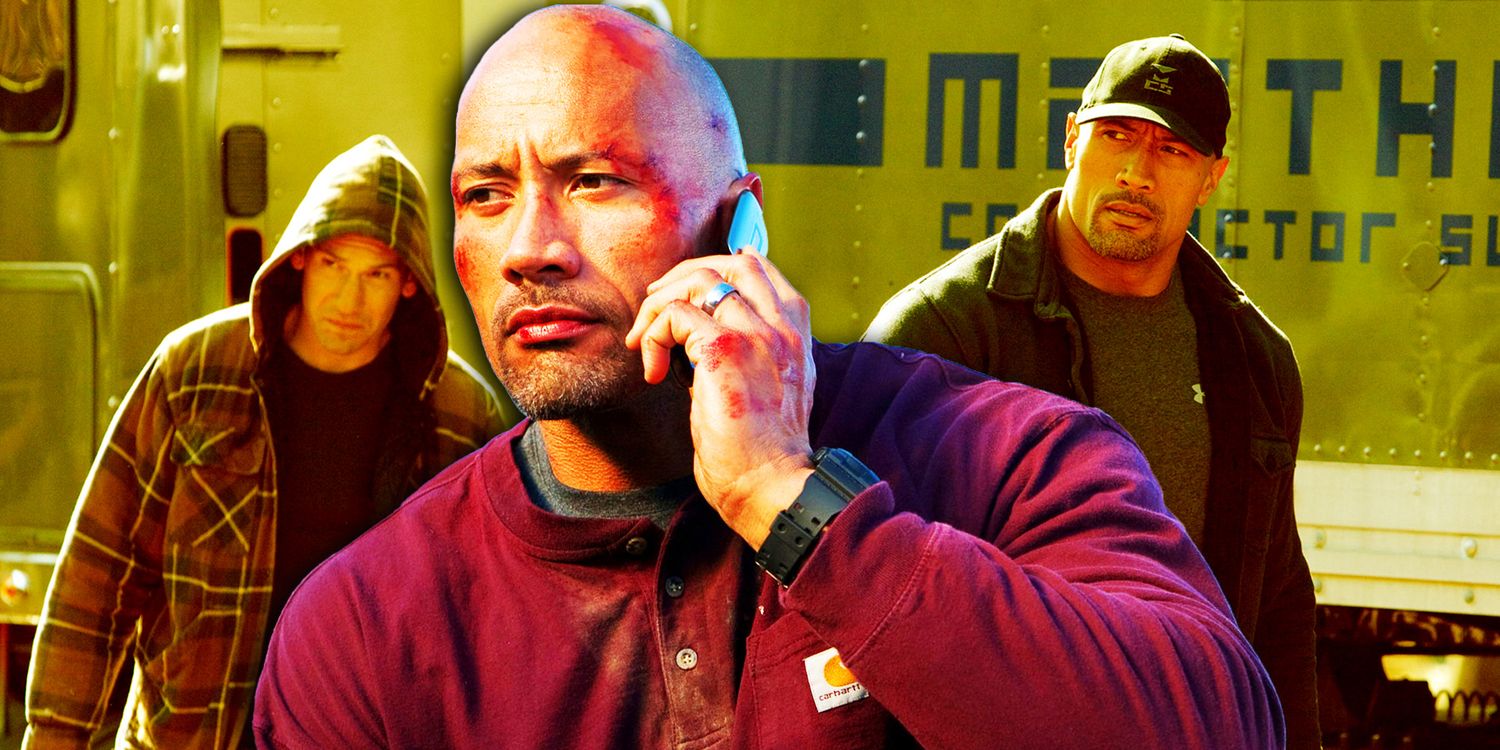
“The system was more concerned with processing convictions than actually imprisoning the higher-up dealers,” James stated in the documentary.
The True Ordeal of James Settembrino
Dwayne Johnson’s portrayal as John Matthews showcases a gripping, thrill-packed journey. However, James Settembrino’s real-life experience was notably different—more a tense interplay between legal implications and moral imperatives than cinematic action.

James’s mission was to make a successful drug deal for the DEA, hoping to utilize the 5K1 reduction to ease his son’s sentence. He faced numerous obstacles, most notably, his inability to fit the typical profile that drug dealers would trust. James recounted, “On many occasions… no dealer would sell to me.”
While James did eventually find a potential informant in New York to aid him, their plans unravelled due to last-minute legal complications. In the end, James felt betrayed by the government, believing they had placed him in a dangerous situation without adequate protection or guidance.
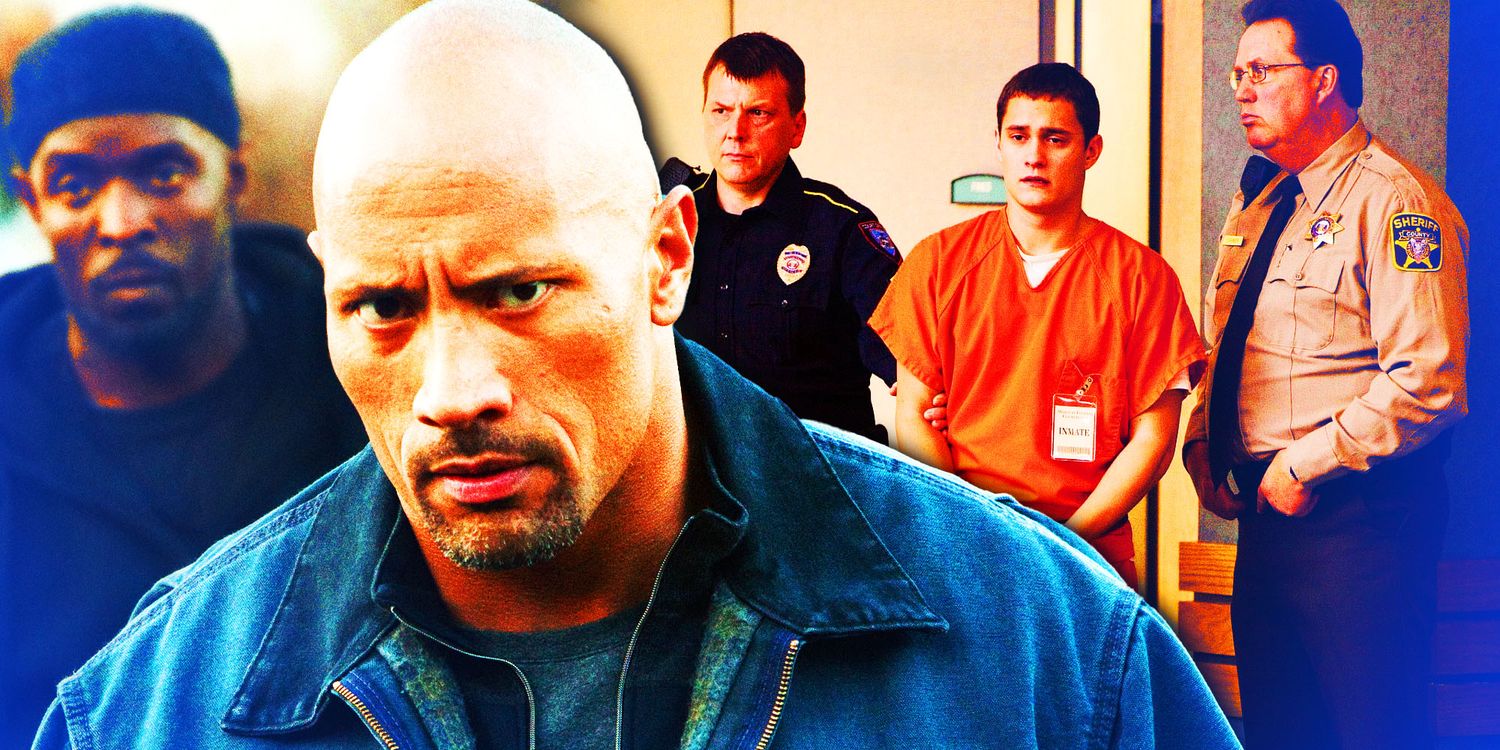
The Real Consequences for Joey Settembrino
The Hollywood narrative showcases a triumphant ending for the protagonist’s son. In contrast, Joey Settembrino’s reality was far grimmer. He took a guilty plea, sealing his fate with a minimum of ten years behind bars.

Joey conveyed his sentiments during the Frontline interview: “I did not… want to do 10 years in jail, but [I] also didn’t want to give up one of my friends either.” The ultimate fate of Joey post-prison remains largely undisclosed, but his release likely occurred between 2003 and 2004.
Film Fiction vs. Settembrino’s Reality
A plethora of the film’s dramatic sequences, especially involving cartels, shootouts, and breathtaking cinematography, find no parallel in the true tale of James Settembrino. The absence of drug kingpins or gangs and the lack of violent confrontations starkly contrast with the film’s portrayal.
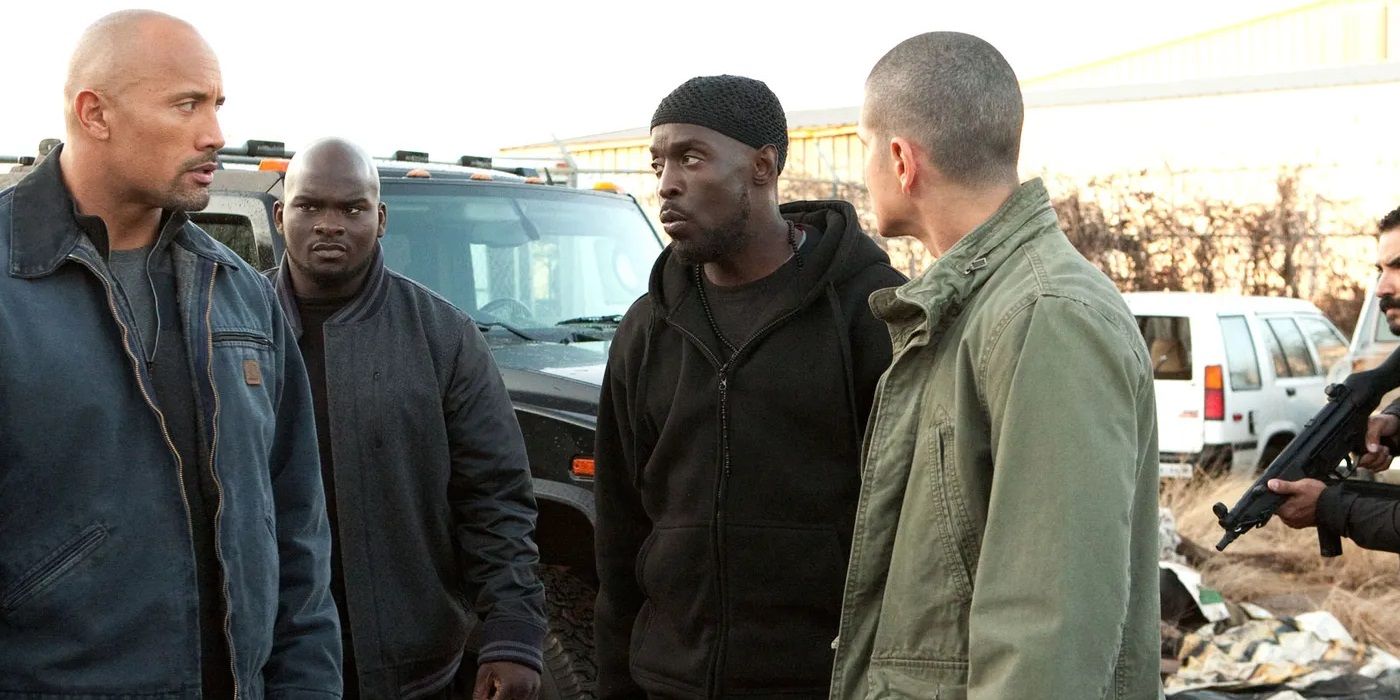
Moreover, John Matthews’s decision to forgo reward money, witness Jason’s release, and subsequently enter witness protection with his family diverges from James Settembrino’s experiences. James neither entered witness protection nor had any dramatic interactions with criminals.
Introducing Fictional Characters for Drama
One of the standout characters in “Snitch” is Daniel James, portrayed by Jon Bernthal. Daniel, an employee-turned-ally of John Matthews, dramatically amplifies the story’s stakes. This character is purely a figment of Hollywood’s imagination, bearing no relation to James Settembrino’s genuine narrative.
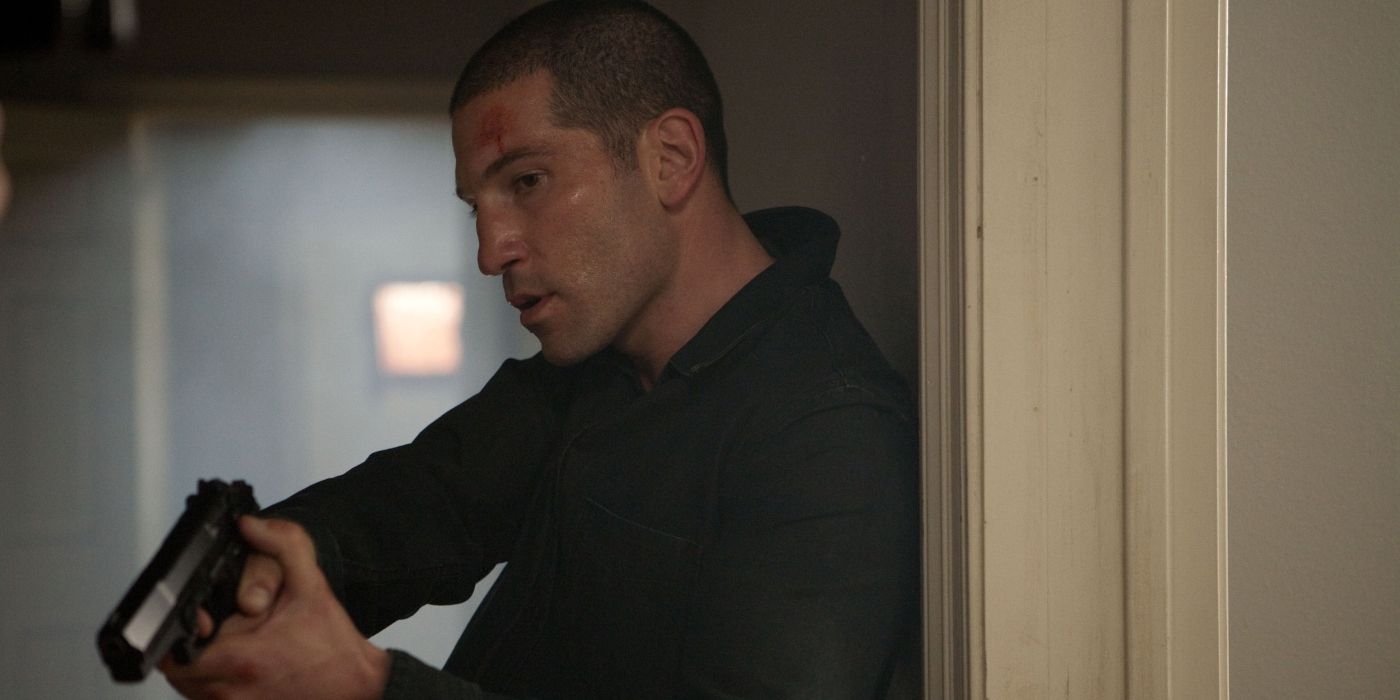
Despite the discrepancies between the film and real events, “Snitch” undoubtedly achieved its purpose: to entertain. While James Settembrino’s story is undoubtedly compelling, the film adaptations, enhancements, and additions transformed it into a thrilling cinematic experience.


